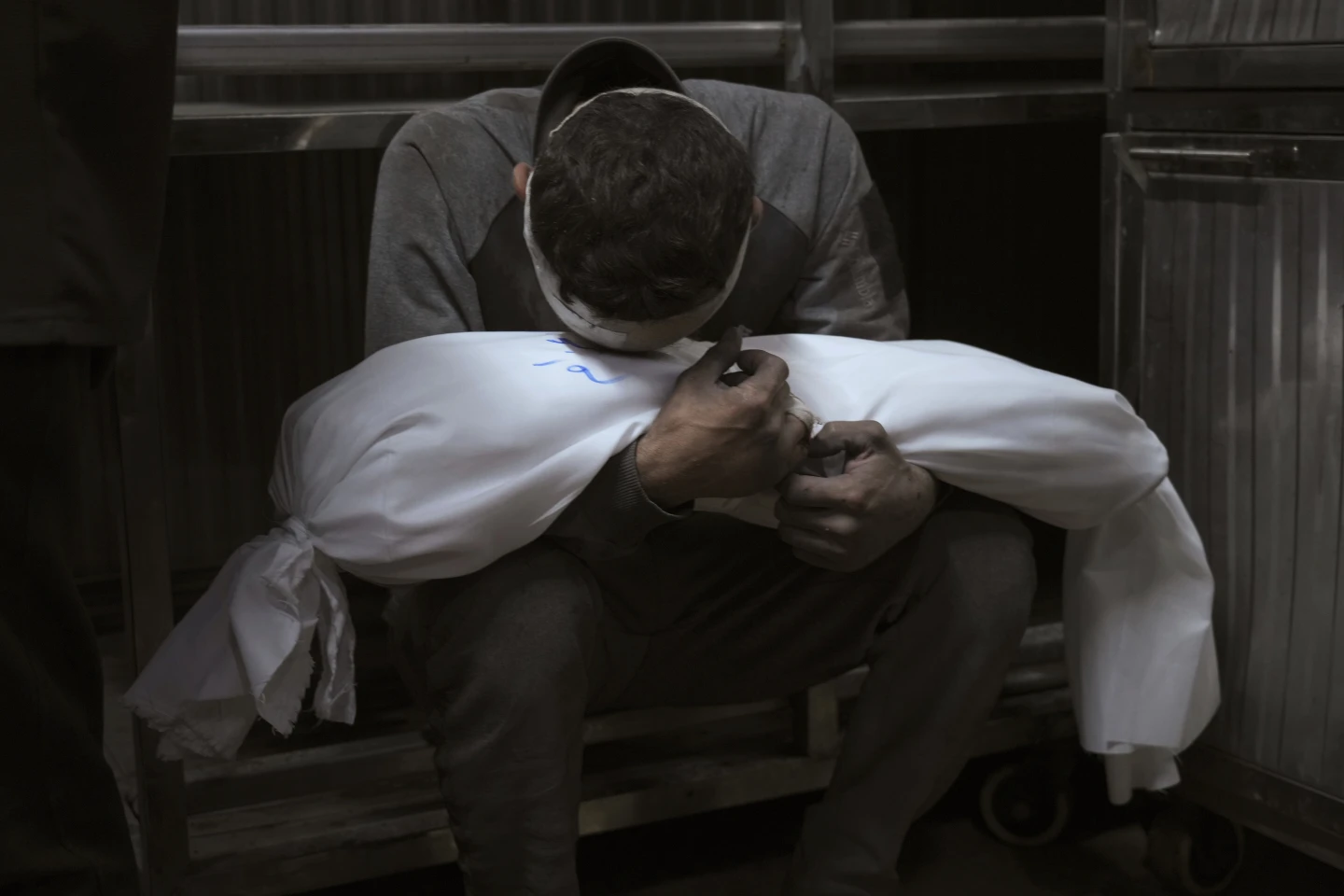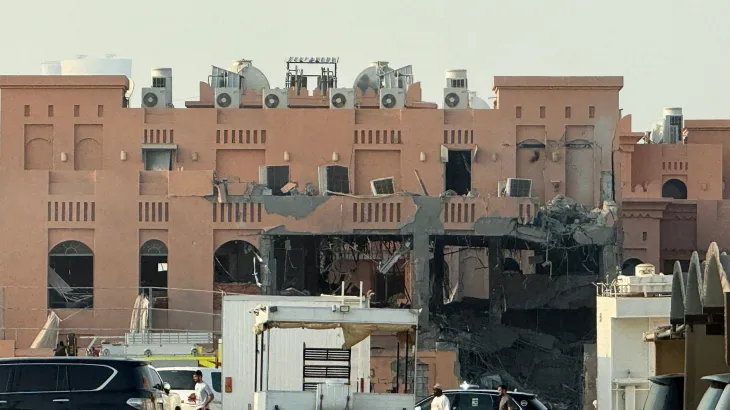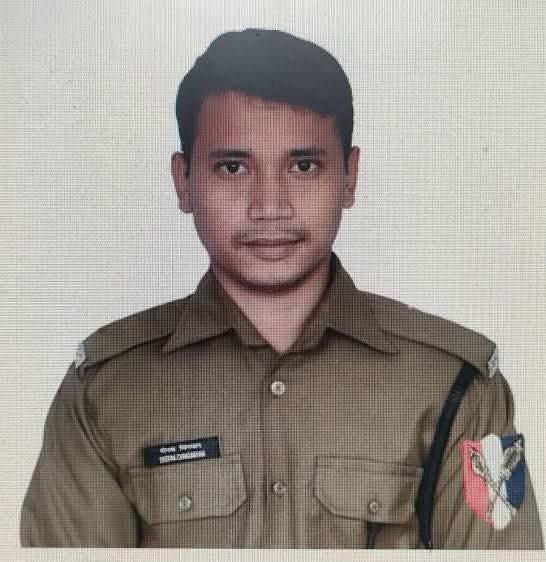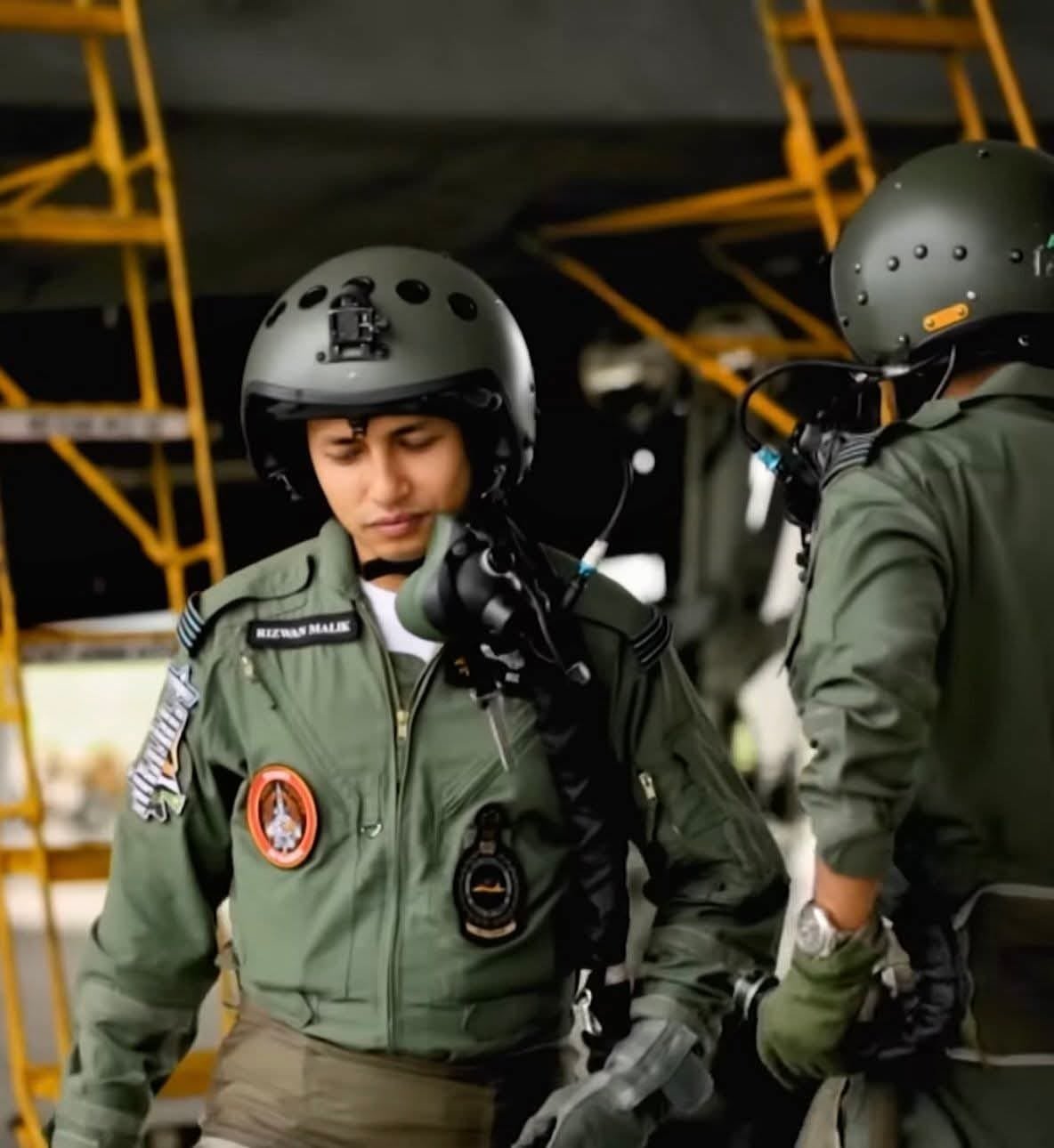Aid Amid Annihilation: UN Reports 875 Palestinians Killed at Humanitarian Sites in Gaza

In what the United Nations has described as a “horrific pattern of violence,” at least 875 Palestinians have been killed near humanitarian aid distribution sites across Gaza over the past six weeks, according to a report released by the UN Human Rights Office on Monday. The grim toll highlights the staggering risks faced by civilians attempting to access life-saving food, water, and medical assistance amid Israel’s ongoing military offensive.
The deaths include 201 people killed near United Nations convoy routes, with the vast majority of casualties—over 670—occurring near privately-run Gaza Humanitarian Foundation distribution points. These sites have become increasingly vital for civilians as the besieged territory continues to face severe shortages of basic supplies.
Since the escalation of Israeli strikes in early 2025, Gaza has endured a relentless barrage of attacks that have decimated infrastructure, hospitals, and civilian neighborhoods. The UN report underscores a terrifying reality: even designated humanitarian zones are no longer safe.
“People are dying not only from bombs and bullets but from hunger and desperation while waiting for food,” said a UN spokesperson in Geneva. “The sheer number of fatalities at or near aid sites raises serious concerns about the conduct of military operations and the protection of civilians.”
In many of the incidents, witnesses have described chaotic scenes where crowds of displaced civilians gathered to receive aid—only to be struck by shelling or targeted during military operations. Satellite imagery and drone footage, reviewed by UN investigators, confirm the proximity of airstrikes to aid stations clearly marked and communicated to all parties, including the Israeli Defense Forces (IDF).
The Israeli government has defended its military tactics, stating that Hamas militants have been using aid distribution points and convoys as cover for operations. An IDF spokesperson claimed that in some cases, “terrorist elements embedded themselves among civilians at aid centers, prompting defensive action.”
However, human rights organizations have pushed back strongly against this justification. Human Rights Watch and Amnesty International have called for independent investigations into the targeting of aid zones, warning that the use of force in such areas may constitute a violation of international humanitarian law.
Meanwhile, disputes over control and security at aid delivery sites continue to stymie humanitarian efforts. With Gaza’s governing structures fractured and much of the region’s civil infrastructure destroyed, aid delivery has increasingly relied on informal channels—many of which lack consistent coordination or security guarantees. Several private organizations operating in Gaza have suspended their food drops due to mounting safety concerns for their workers and recipients.
Beyond the deaths, the UN warns of a spiraling humanitarian catastrophe. The World Food Programme (WFP) estimates that over 90% of Gaza’s population is food insecure, while child malnutrition rates have doubled in the past three months. Hospitals are overwhelmed, and clean water is virtually inaccessible in many parts of the Strip.
In northern Gaza, medical teams report treating children suffering from severe wasting, dehydration, and untreated infections due to a lack of medicine and clean environments. Aid workers describe scenes of despair: families digging through rubble for scraps of food, children sharing a single bottle of water, and overcrowded shelters lacking electricity and hygiene.
The UN Human Rights Office has called for a full investigation into the incidents and urged all parties to respect international law, particularly with regard to civilian protection and humanitarian access.
UN Secretary-General António Guterres reiterated demands for an immediate humanitarian ceasefire, calling the situation “unspeakable” and “a stain on our collective conscience.” He urged Israel to ensure safe passage for humanitarian convoys and called on Hamas to refrain from militarizing civilian areas.
Despite mounting international pressure, ceasefire negotiations remain stalled in Doha, where talks brokered by the U.S., Egypt, and Qatar have so far failed to secure a firm agreement.
The death of 875 Palestinians in or around humanitarian aid sites starkly reveals a disturbing truth: nowhere in Gaza is truly safe. As civilians line up in the hope of bread or bottled water, they are met not with relief but with renewed tragedy. Without an immediate ceasefire, reinforced humanitarian corridors, and accountability for violations of international law, the death toll is likely to climb—and Gaza’s humanitarian collapse will deepen further.
The deaths include 201 people killed near United Nations convoy routes, with the vast majority of casualties—over 670—occurring near privately-run Gaza Humanitarian Foundation distribution points. These sites have become increasingly vital for civilians as the besieged territory continues to face severe shortages of basic supplies.
Since the escalation of Israeli strikes in early 2025, Gaza has endured a relentless barrage of attacks that have decimated infrastructure, hospitals, and civilian neighborhoods. The UN report underscores a terrifying reality: even designated humanitarian zones are no longer safe.
“People are dying not only from bombs and bullets but from hunger and desperation while waiting for food,” said a UN spokesperson in Geneva. “The sheer number of fatalities at or near aid sites raises serious concerns about the conduct of military operations and the protection of civilians.”
In many of the incidents, witnesses have described chaotic scenes where crowds of displaced civilians gathered to receive aid—only to be struck by shelling or targeted during military operations. Satellite imagery and drone footage, reviewed by UN investigators, confirm the proximity of airstrikes to aid stations clearly marked and communicated to all parties, including the Israeli Defense Forces (IDF).
The Israeli government has defended its military tactics, stating that Hamas militants have been using aid distribution points and convoys as cover for operations. An IDF spokesperson claimed that in some cases, “terrorist elements embedded themselves among civilians at aid centers, prompting defensive action.”
However, human rights organizations have pushed back strongly against this justification. Human Rights Watch and Amnesty International have called for independent investigations into the targeting of aid zones, warning that the use of force in such areas may constitute a violation of international humanitarian law.
Meanwhile, disputes over control and security at aid delivery sites continue to stymie humanitarian efforts. With Gaza’s governing structures fractured and much of the region’s civil infrastructure destroyed, aid delivery has increasingly relied on informal channels—many of which lack consistent coordination or security guarantees. Several private organizations operating in Gaza have suspended their food drops due to mounting safety concerns for their workers and recipients.
Beyond the deaths, the UN warns of a spiraling humanitarian catastrophe. The World Food Programme (WFP) estimates that over 90% of Gaza’s population is food insecure, while child malnutrition rates have doubled in the past three months. Hospitals are overwhelmed, and clean water is virtually inaccessible in many parts of the Strip.
In northern Gaza, medical teams report treating children suffering from severe wasting, dehydration, and untreated infections due to a lack of medicine and clean environments. Aid workers describe scenes of despair: families digging through rubble for scraps of food, children sharing a single bottle of water, and overcrowded shelters lacking electricity and hygiene.
The UN Human Rights Office has called for a full investigation into the incidents and urged all parties to respect international law, particularly with regard to civilian protection and humanitarian access.
UN Secretary-General António Guterres reiterated demands for an immediate humanitarian ceasefire, calling the situation “unspeakable” and “a stain on our collective conscience.” He urged Israel to ensure safe passage for humanitarian convoys and called on Hamas to refrain from militarizing civilian areas.
Despite mounting international pressure, ceasefire negotiations remain stalled in Doha, where talks brokered by the U.S., Egypt, and Qatar have so far failed to secure a firm agreement.
The death of 875 Palestinians in or around humanitarian aid sites starkly reveals a disturbing truth: nowhere in Gaza is truly safe. As civilians line up in the hope of bread or bottled water, they are met not with relief but with renewed tragedy. Without an immediate ceasefire, reinforced humanitarian corridors, and accountability for violations of international law, the death toll is likely to climb—and Gaza’s humanitarian collapse will deepen further.







